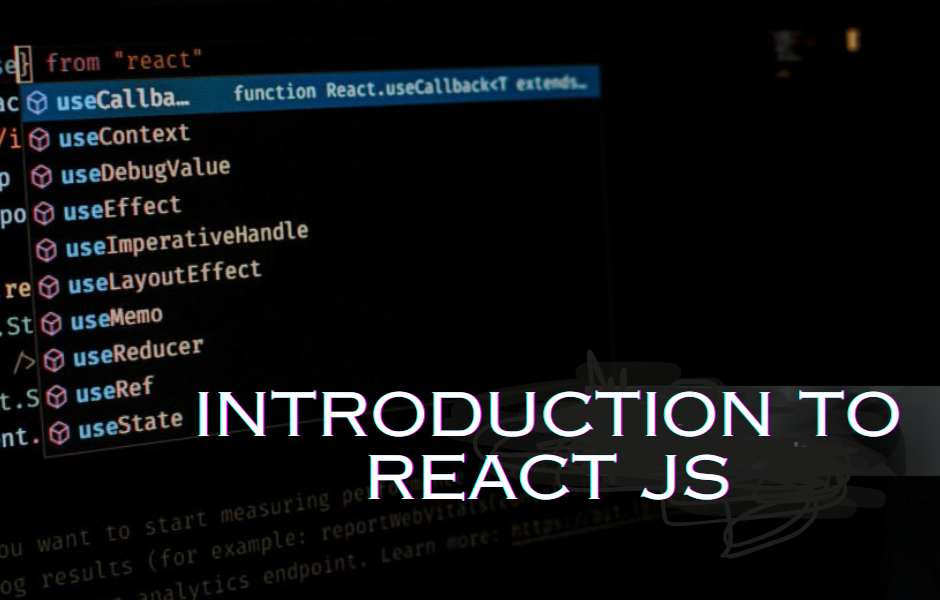This blog provides a brief Introduction to React JS.
A Brief Introduction to React JS
React.js, commonly referred to as React, is an open-source JavaScript library developed and maintained by Facebook. It is primarily used for building user interfaces or UI components for single-page applications where data is frequently updated. React allows developers to create reusable UI components that can efficiently update and render in response to changing data.
Here are some key concepts and features of React:
- Components: React applications are built using components, which are modular and reusable pieces of UI. Components can be class-based (using ES6 classes) or function-based (introduced with React Hooks).
- Virtual DOM: React uses a virtual DOM (Document Object Model) to improve performance. Instead of directly manipulating the actual DOM, React creates a lightweight virtual representation of it in memory. Changes are first made to this virtual DOM, and then React efficiently updates the actual DOM based on the differences.
- JSX (JavaScript XML): JSX is a syntax extension for JavaScript that looks similar to XML or HTML. It allows developers to write UI components using a syntax that closely resembles HTML, making the code more readable and expressive.Example of JSX:
const element = <h1>Hello, React!</h1>;
- State and Props: React components can have state, which is mutable data that affects a component’s rendering. Props (short for properties) are data passed from a parent component to a child component. Both state and props are used to manage and pass data within a React application.
- React Hooks: Introduced in React 16.8, Hooks are functions that allow functional components to use state and lifecycle features that were previously available only in class components. Some commonly used hooks include
useStatefor managing state anduseEffectfor handling side effects. - Unidirectional Data Flow: In React, data flows in a unidirectional manner, meaning that the parent component passes data down to its child components through props. Changes to the child components are communicated to the parent through callbacks.
- Declarative Syntax: React uses a declarative approach to define how the UI should look based on the current state. Developers describe the desired UI, and React takes care of updating the DOM to match that description.
To get started with React, you typically need Node.js and npm (Node Package Manager) installed on your machine. You can create a new React application using the create-react-app tool, which sets up a basic project structure and configuration.
npx create-react-app my-react-app
cd my-react-app
npm start
This will create a new React application with a default structure, and you can start building your components and UI from there. Furthermore, React has a large and active community, which means there are plenty of resources, tutorials, and third-party libraries available to enhance your development experience.
Further Reading
Examples of Array Functions in PHP
Exploring PHP Arrays: Tips and Tricks
Registration Form Using PDO in PHP
Inserting Information from Multiple CheckBox Selection in a Database Table in PHP
PHP Projects for Undergraduate Students
Architectural Constraints of REST API
Creating a Classified Ads Application in PHP
How to Create a Bar Chart in ReactJS?
- Angular
- ASP.NET
- C
- C#
- C++
- CSS
- Dot Net Framework
- HTML
- IoT
- Java
- JavaScript
- Kotlin
- PHP
- Power Bi
- Python
- Scratch 3.0
- TypeScript
- VB.NET

